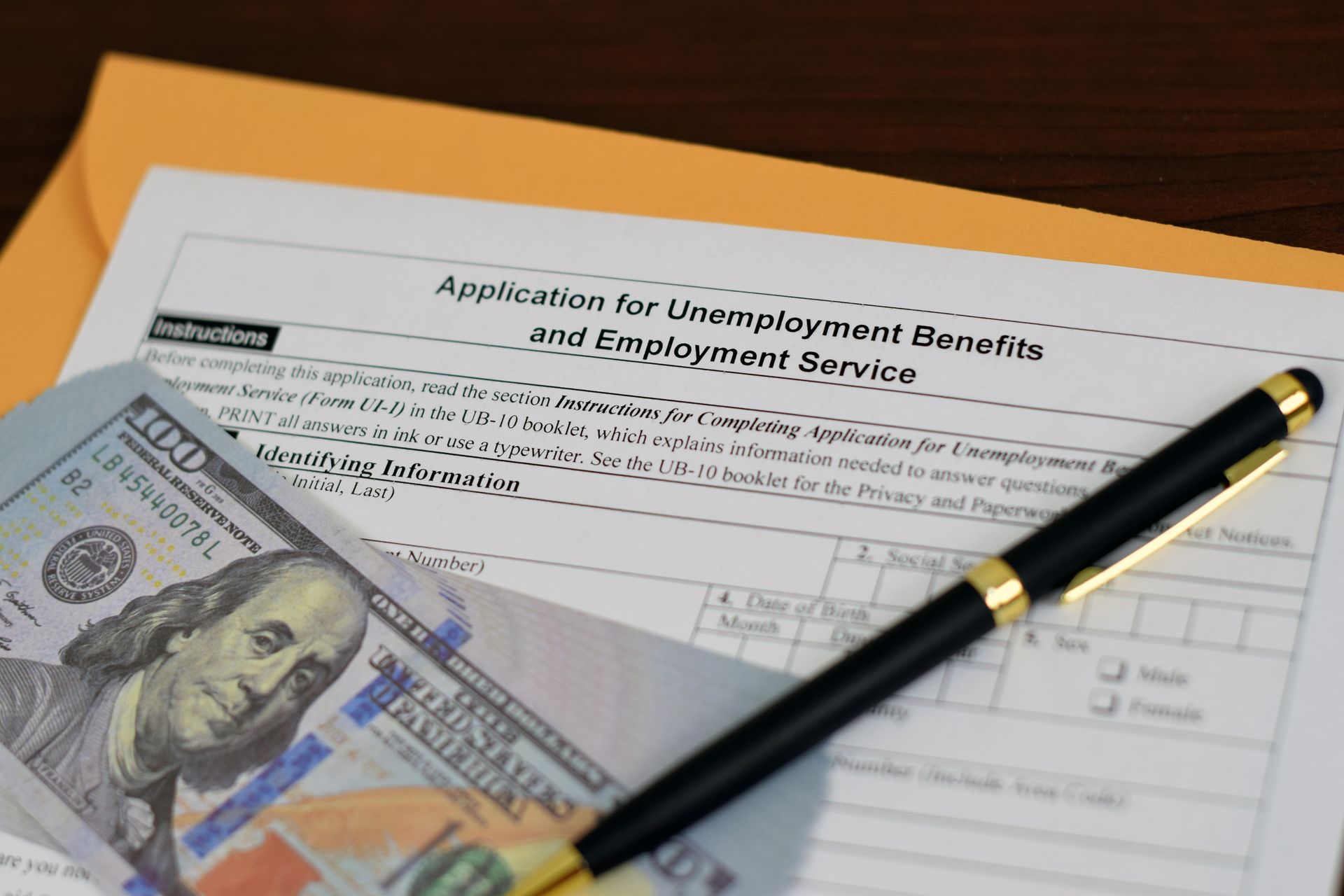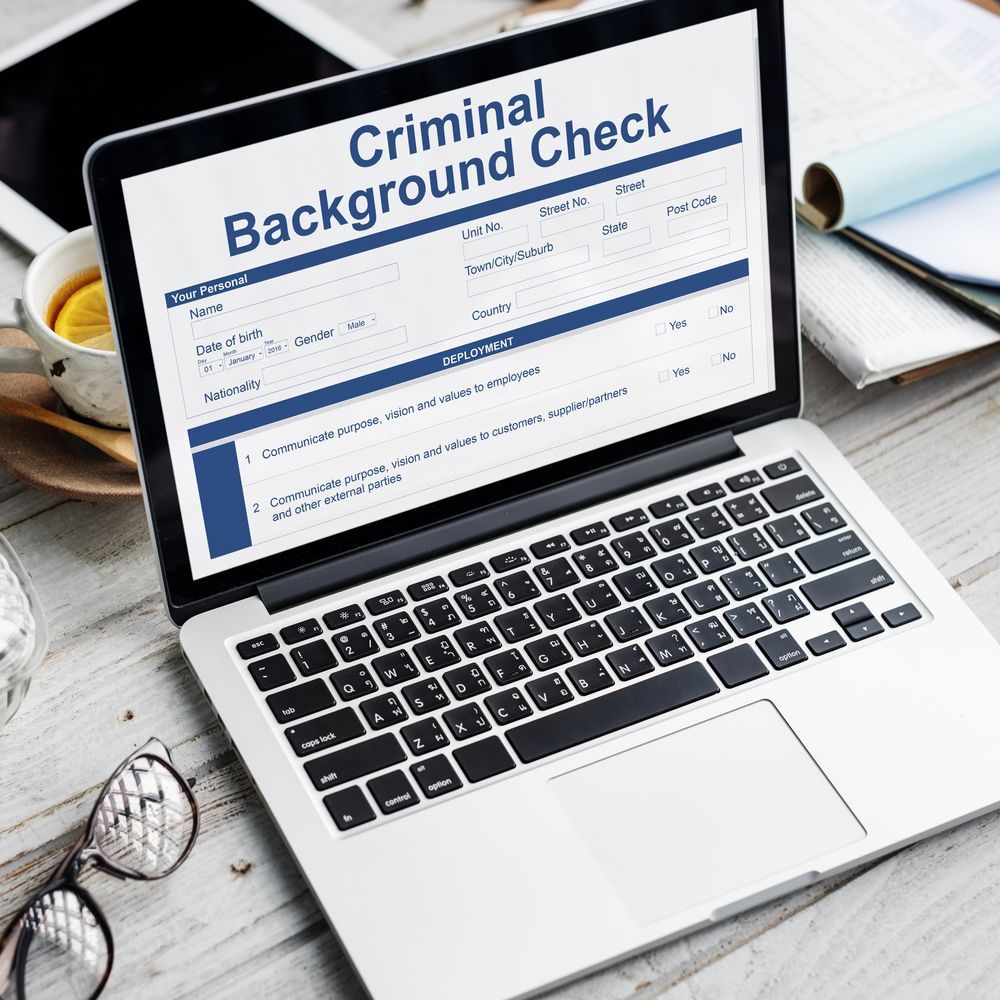Unemployment Benefits Fraud - What CRAs Need to Know
4 August 2023
Share this article:

Key Points
- Unemployment insurance fraud showed a huge increase during the pandemic when new unemployment insurance (UI) programs were created to combat widespread job loss. Unemployment departments were overwhelmed and there was a “perfect storm” for fraud. This fraud continues to be a concern even though UI claims have fallen.
- Some fraud is committed by workers filing for benefits they’re not eligible for. The more concerning problem is fraudsters impersonating workers to file for benefits in their name.
- The first line of defense against UI fraud is the employer, because unemployment offices contact the employer before authorizing a claim payment. If a worker is a victim of a fraudulent claim made in their name by someone else, the worker may not discover the fraud until some benefits have actually been paid.
- CRAs can do little directly to combat this fraud. Unemployment claims are not public record and they cannot be legally reported in a background search. However, CRAs can keep abreast of the latest trends in UI fraud and advise their employer clients on dealing with it.
Types of Unemployment Fraud
Unemployment insurance fraud takes place when a worker provides false information while filing for benefits. Sometimes fraud is committed by a worker who has returned to work but continues to collect benefit checks. In other cases, the worker has taken a temporary or part-time job but has not reported it to the unemployment office.
A more insidious variety of UI fraud is committed by professional criminals using names and identifying information of workers who may actually be employed. These wrongdoers obtain identity information by buying it on the dark web, hacking it from employer websites or collecting it in phishing schemes such as sending emails with malicious links.
When these criminals succeed in having a claim approved, they may direct the payments to bank accounts that they control. Sometimes, however, they will have the funds deposited in the worker’s account. They might then contact the worker posing as an unemployment official, saying that the payment was made in error and directing the worker to transfer the money elsewhere.
Individual workers are not held responsible for fraudulent claims made in their name by someone else. However, they can spend significant time and effort discovering the fraud, reporting it and following up to get things straightened out.
Ways To Detect a Fraudulent Unemployment Claim
Generally, the party in the first chance to detect a fraudulent claim is the employer. Every time the unemployment office contacts them to state that a claim has been filed, the employer should validate the information to confirm that the claim is legitimate. If the name matches someone who worked at the company, they need to cross-check the employee details they have on file against those listed on the claim. If necessary, they might contact the ex-employee in question to affirm that they actually filed the claim. They should also keep track of active claims. If an employee who was laid off returns to work, they should have a process to ensure that person is not still collecting UI.
Sometimes the person whose identity was stolen is the one who discovers the fraud. This isn't the ideal situation, because it often happens well after the claim was filed and possibly even after funds have been disbursed. They might learn about the fraud when they received paperwork in the mail, such as the 1099-G reporting UI income. They may discover what happened when they file a legitimate claim and have it denied. They might not learn about the fraud until after they file their tax return and the IRS tells them they didn’t report all their income.
It’s far better to prevent UI fraud than detect it after it happens. This is where employers can play a proactive role. They can review their cybersecurity procedures to minimize the risk of hacking. They can force employees to periodically change passwords to critical systems. They should educate employees on avoiding phishing attempts such as suspicious links in emails. They ought to encourage employees to file tax returns promptly and use the IRS identity protection PIN that prevents criminals from filing under their name.
Why Does Reliable Data Matter in Unemployment Fraud Detection?
When an unemployment office processes a claim, they notify the previous employer. They pass on information that was provided by the claimant, including name, address and SSN. If the employer doesn’t maintain reliable and accurate personnel data, they can’t be certain the claim was filed by a legitimate ex-employee. Sometimes hackers are able to obtain some but not all of the worker’s personal data. On other occasions the fraudster might be using one or more data elements that are outdated. In these cases, an employer with sound data management practices will readily recognize that there’s a problem.
Employers can consult their CRAs about UI fraud prevention practices. However, there’s nothing in background checks, short of a criminal conviction, that will tell whether an employee or prospective employee has been involved with unemployment fraud. Employers can't even learn whether they’ve ever filed a claim. A check may turn up a gap in employment, but there are limits to what a CRA may discover and report about what took place during that period. There are other types of fraud for which a background check is useful, but a person’s application for UI is beyond the reach of searches.
What Data Do Employers Need to Detect Fraud Unemployment Claims?
If employers have accurate internal data systems, they can effectively match claims from an unemployment office against what’s in their data stores. They need to have accurate and up-to-date information on name, address, phone number, email address, SSN, hiring date, termination date, earnings and reason for separation. They need to be willing to reach out to the ex-employee to confirm that that individual actually filed the claim in question.
They also need robust cybersecurity infrastructure to minimize the chance of employee data falling into the worn hands.
Bottom Line
Unemployment benefits fraud increased multifold during COVID-19 and continues today. It’s an issue that CRAs, employers and employees all need to be aware of and on the lookout for. Employers are on the front lines in UI fraud prevention and detection. CRAs can provide an advisory role around trends in benefits fraud and best practices to combat it.
Eagle Eye Screening Solutions is a wholesale screener for accurate and reliable searches of county courts and other public records sources. CRAs trust us to keep ahead of the curve on all issues involving background checks.
Connect with Us:




